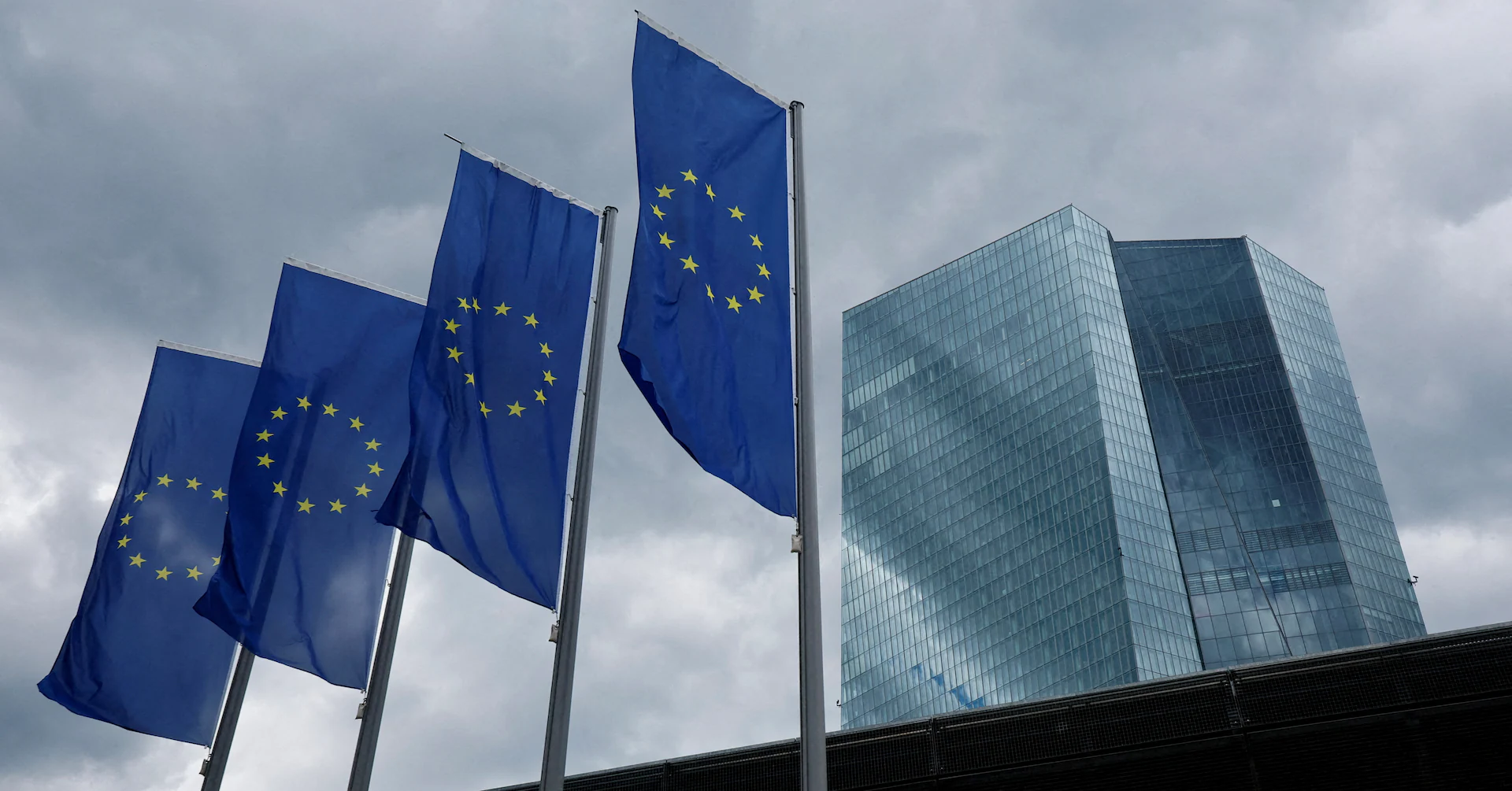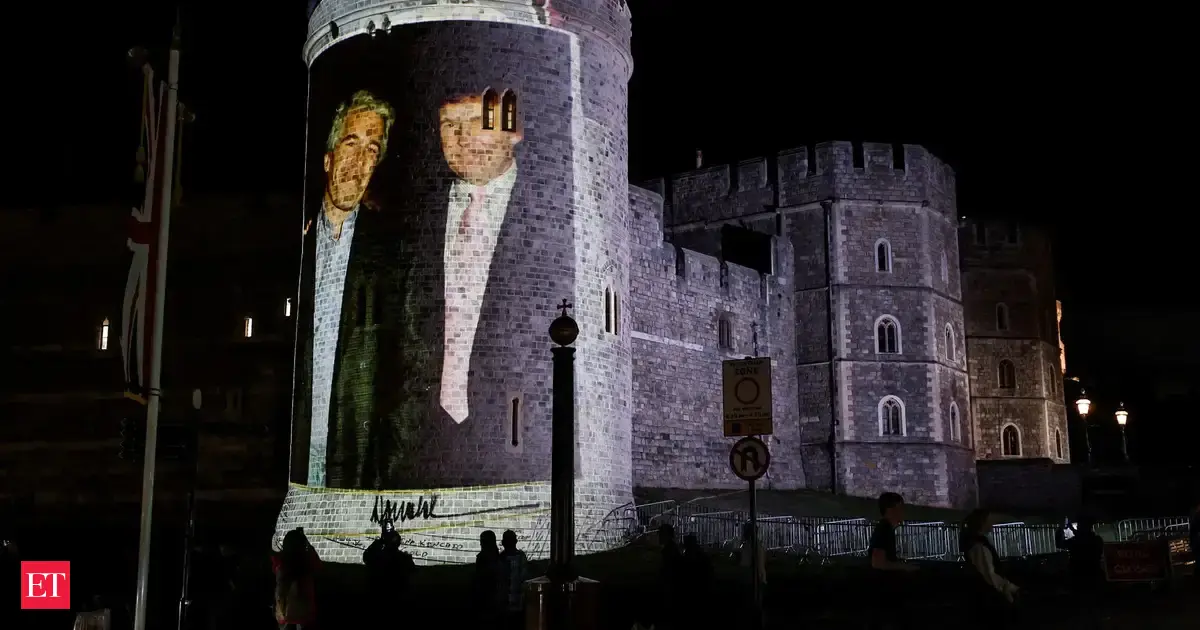
Sept 22 (Reuters) – Europe’s economic and monetary union, the most visible product of which is the euro, is an unprecedented effort at creating a shared currency backed by its own financial architecture. It is a three-decade process that continues to this day.
Here are the main milestones in its history:
Sign up here.
1991 – The signing of the Maastricht Treaty in the Dutch city of the same name marked the formal launch of economic and monetary union (EMU). It established the criteria – inflation, deficit, debt, exchange rate stability, interest rates – for joining the euro.
1998 – The European Central Bank (ECB) was founded, assuming responsibility for monetary policy in the euro area.
1999 – The euro was introduced as an accounting currency in 11 countries. National currencies remained in circulation but their exchange rates were fixed.
2002 – Euro banknotes and coins themselves were introduced, replacing national currencies across the single currency area.
2009–2012 – Eurozone sovereign debt crisis. Greece, Ireland, Portugal, Spain, and Cyprus faced severe fiscal crises and some even warned of impending collapse of the euro project. The European Stability Mechanism (ESM) rescue fund was created “to provide loans to financially distressed euro area countries”.
2012 – ECB President Mario Draghi’s uttered his famous “whatever it takes” line, pledging unlimited central bank liquidity to support the euro. The crisis abated.
2014 – European Commission President Jean-Claude Juncker called for a capital markets union to overcome the national fragmentation impeding investment and business in the euro area.
2015 – ECB launched “quantitative easing” – large-scale asset purchases to combat deflation and stimulate growth in a regional economy still struggling to recover from the debt crisis.
2017 – Newly-elected French President Emmanuel Macron set out his vision for Europe to become an economic superpower, proposing that the euro zone have its own budget and finance minister.
2018 – After encountering resistance from Germany’s Angela Merkel, little remained of Macron’s reforming vision at a June summit dominated by concerns over immigration and dealing with Britain’s departure from the European Union.
2020 – COVID-19 Pandemic Response. EU agreed on a 750-billion-euro recovery fund (NextGenerationEU), financed through joint debt issuance — a historic step in fiscal integration.
2024 – With only patchy progress in the capital markets union launched a decade earlier, Draghi and fellow Italian Enrico Letta, a former prime minister, published blueprints for Europe to bolster its single market and raise its global competitiveness.
2025 – Draghi’s successor at the ECB, Christine Lagarde, delivered a speech in Berlin arguing that the erosion of the post-war multilateral system was both a threat to Europe’s economic model and also an opportunity to bolster the global standing of the euro if it accelerated the necessary reforms.



